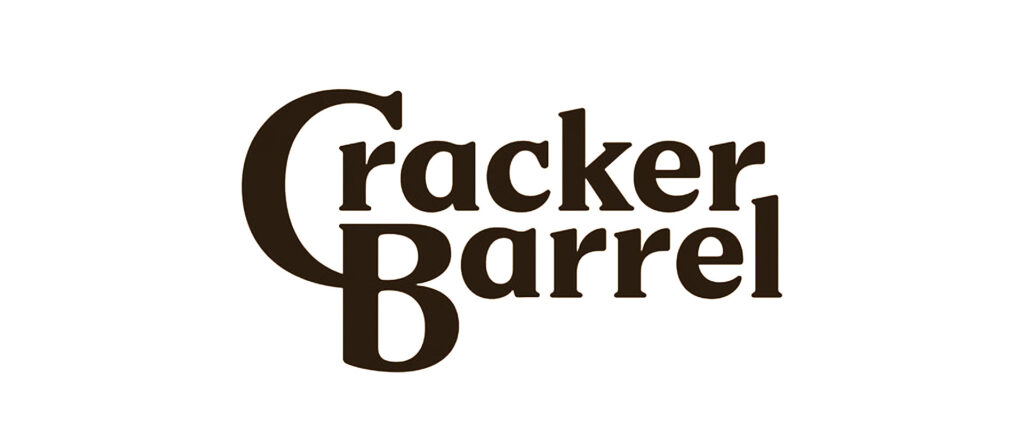
“Shop This Post”
The Rise Of Social Commerce
By: Rebekah Essick, Group Account Director
Think about the last online purchase you made. Where did you first see the product? On what platform did you ultimately buy it? If your answer to either or both of those questions was a social media platform, you participated in social commerce. And you’re not alone. I’ve purchased more products from TikTok and Instagram than I care to admit. In fact, social commerce is predicted to grow three times as fast as regular e-commerce over the next few years.
Social commerce isn’t new, but it is evolving rapidly. What once was a simple integration of “Buy Now” buttons on social posts has evolved into a comprehensive ecosystem that allows businesses to sell products directly within social media apps.
But what has led to the recent rapid increase of social commerce?
Changes in consumer behavior have been the catalyst for social commerce growth. Social media has been popular for some time, but since COVID-19, many platforms have expanded very quickly, and consumers are spending more time with social content than ever before. At the same time, consumers are placing more value on a totally seamless experience when shopping online. They want to be able to research and purchase all on one platform. As a result, social media companies have invested heavily in updates to their social commerce product. Gone are the days of users having to go through a post to be taken to the brand’s website for product research and purchase. Features like shoppable posts, immersive product catalogs, and one-click purchasing have made shopping on social media more convenient than ever.
As the social commerce product has evolved, so have the analytics tools for tracking campaigns. These tools can provide valuable insights on consumer behavior and how people are engaging with content on social platforms. Companies can see how creative is performing, which audiences are converting, and how consumers are engaging with content, all in real-time. Because social media is a low barrier to entry (low cost), more and more businesses have turned to them to sell their product or services, further fueling the social commerce growth cycle.
Social commerce is a valuable tool in the e-commerce toolbox. But how can you make sure your business is leveraging it effectively?
UNDERSTANDING YOUR TARGET AUDIENCE
To capture your target audience, you must first understand them. This is perhaps even more vital on social platforms than on other mediums because of the environment. Consumers want to interact with brands that fit with the type of content they like and typically see on their social feeds.
Conduct consumer research. Find out what makes them tick – the content they’re consuming, the influencers they’re interacting with, their likes and dislikes. Make sure your content strategy is crafted with your target audience in mind.
Strategically select social media platforms. There are so many these days, and some will be better at reaching your target than others. If you are looking to reach a younger audience, TikTok might be your best bet. But for different demographics, TikTok might not be the right choice. You can spend a lot of time crafting a content strategy, but if it’s deployed on the wrong platform and your audience isn’t there, the strategy will be ineffective.
CREATE ENGAGING CONTENT
Compelling content is perhaps the most vital aspect of social commerce marketing. If your audience isn’t interested in your content, they’re going to scroll by, and you’ll miss out on the potential sale. Your content calendar should be consistent, and posts need to show off your product or service in an authentic way. Ensure you’re using high-quality imagery. Tap into video content. Because consumers are more likely to trust the word of other consumers, working with user-generated content and reviews can also be beneficial. Strategically identify and engage influencers to get your message out there in a creative way (more on that below). Utilize new and emerging tech and social platform offerings (e.g., augmented reality). If consumers are engaging with your brand, they are much more likely to convert.
WORK WITH INFLUENCERS (WHEN IT MAKES SENSE)
Influencers have become part of the DNA of social media. Incorporating them into your social commerce strategy can be a great way to increase brand visibility and authenticity. 70% of respondents to a GlobalWebIndex survey indicated they were likely to purchase something if it was recommended by an influencer. Influencer marketing should be done in a thoughtful way with influencers whose values align with your brand. Consumers typically see them as more credible, so they can provide a level of authenticity and trust for your brand you may not get without them. When used thoughtfully and strategically, influencer partnerships can take your social commerce strategy to the next level.
LEVERAGING PAID SOCIAL ADVERTISING
Social platforms have invested heavily in their ad products in recent years. Often, an organic strategy isn’t enough, as social algorithms favor businesses who run paid ads. Paid advertising on social platforms is a necessary tool in the social commerce toolbox. Investing in a paid campaign will expand your reach among your target audience and drive traffic to your product listings. A/B testing can also be done to find out what ad creative works best.
ANALYZE CAMPAIGN PERFORMANCE (AND UPDATE OFTEN)
The beauty of social media is the ability to make updates quickly and easily if something isn’t performing. Perform regular campaign check-ins. Iterate on creative that is working and swap out under-performing versions. Review your campaign’s targeting and adjust to focus in on groups that are converting at a higher rate. The more you’re reviewing and optimizing your campaign, the better you can expect performance to be.
The landscape of social media is ever-evolving, and as it continues to change, it’s likely social commerce will only increase in scale and importance. If you need help navigating the world of social media, &Barr can help. Just reach out.
Sources:
Sprout Social, What is social commerce? Stats, trends, and tips marketers should know for 2023






